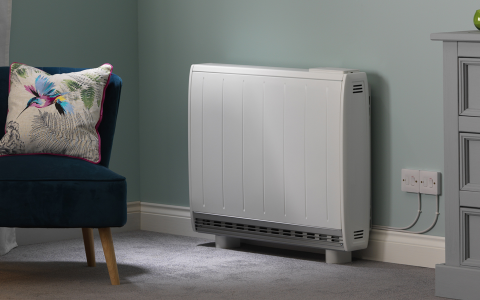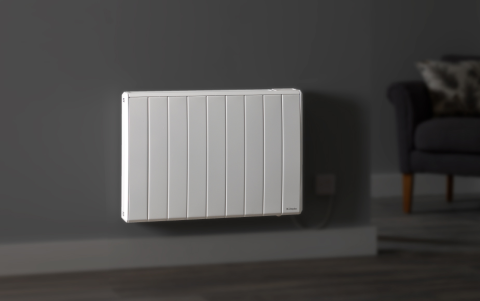The CCC’s June 2020 Emissions Progress Report
The Committee on Climate Change’s (CCC) most recent update on how the UK is progressing towards the achievement of emissions-based targets, such as net zero by 2050 and the carbon budgets, has certainly been listened to. There is no doubt that it influenced the Chancellor's recent Summer Economic Update and the decision to target a green recovery from the Covid-19 crisis.
So, what does the CCC see as the future of construction and what can be done to prepare for the changes this will make to HVAC specification?
We have summarised key industry insights in our 196-page report, structured by most commonly asked questions
Our report covers :
- How has lockdown affected the UK’s emissions progress?
- Has investment in low carbon solutions been shown to be commercially beneficial?
- Is the carbon tax scheme in London going to be applied to the whole of the UK? What does this mean for the development of upcoming regulation changes?
- Will Government address the cost difference between electricity and gas?
Our range of HVAC solutions aim to provide future proof technologies to building projects over various sectors.

Update your bathroom in a flash
The thought of a bathroom re-model can be daunting, but with the right technology and styling, you can update your tired looking room into a tranquil paradise in next to no time.

The Future Homes Standard: Is 2023 the new 2025 (for a 75-80% carbon emission reduction)?
The Ten Point Plan may have just announced intentions for an earlier introduction of the Future Homes Standard than previously planned. Picked up by industry and the media alike, the initial announcement included details of moving the 2025 Future Homes Standard date to 2023. So, if 2023 is the new 2025, how can we prepare?

Election 2019: Energy Inefficiency, Fuelling the discussion
The election that will take place on Thursday has been framed as the most important general election in modern history. The preceding campaign has been characterised by countless divisive issues from Brexit to public spending. In an election where unity seems sparse, matters that cause the major political parties to coalesce around some semblance of the same objective are almost cause for celebration.











